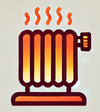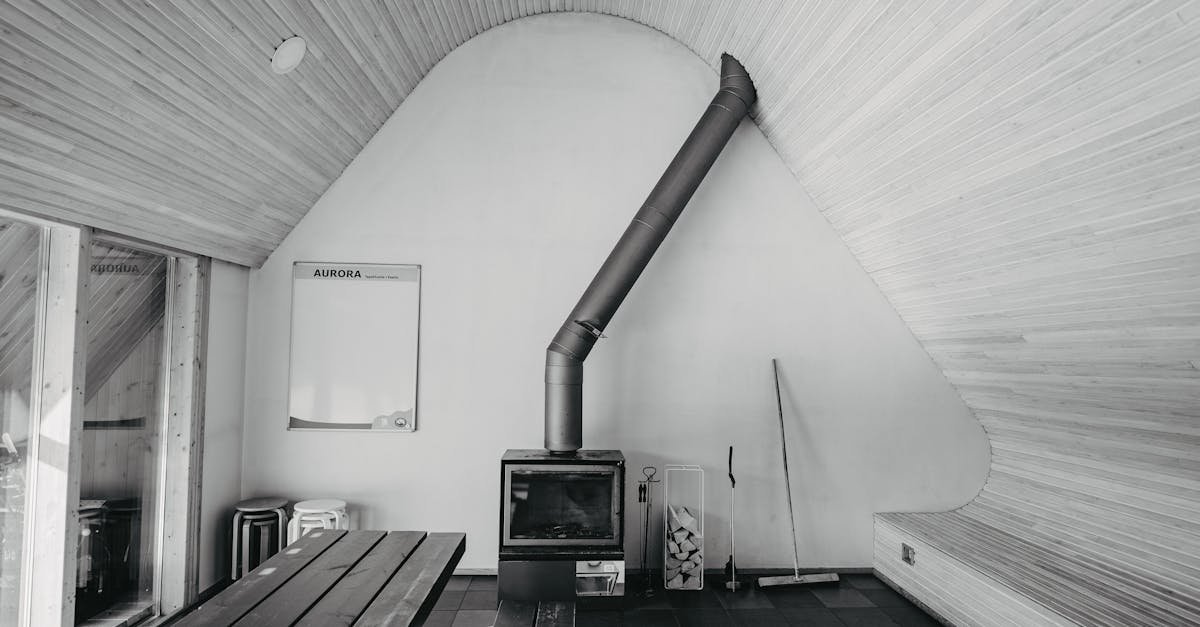If your heater isn’t working properly, replacing faulty parts is often the best solution. Common components that may need replacement include thermostats, heating elements, and blower motors. Identifying the specific part causing the issue can save you both time and money.
By tackling heater parts replacement yourself, you can restore comfort to your home without the hefty service fees. With the right tools and a bit of guidance, you can easily find the correct parts and get your heater back in top shape. Let’s jump into the essential steps for a successful replacement.
Importance Of Heater Parts Replacement
Replacing heater parts is essential for efficiency, safety, and longevity. Here’s why you should prioritize it.
Safety
Safety ranks as the top reason to replace heater parts. Components like the flame sensor and heat exchanger protect your home. A faulty flame sensor might fail to detect a live flame. This can cause the furnace to shut down, potentially leading to accidents. A cracked heat exchanger can release dangerous combustion fumes, including carbon monoxide, into your home. Regularly check and replace these critical parts to ensure your safety.
Efficiency
Improving heating efficiency is another key benefit of parts replacement. A dirty or clogged air filter restricts airflow. When airflow is blocked, the furnace works harder, increasing your energy costs. By replacing the air filter, you promote efficient airflow. This reduces strain on your system and can lower energy bills. Other parts, like thermostats and blower motors, also contribute to overall efficiency. Timely replacements enhance your heating system’s performance, providing reliable warmth when you need it.
Staying on top of heater parts replacement saves time and money. You’ll also enjoy a safer and more efficient heating system. Pay attention to warning signs and act quickly to ensure your comfort and security.
Common Heater Parts That Need Replacement
Regular maintenance ensures your heater runs smoothly. Certain parts wear out over time and need replacement. Understanding these components helps you maintain efficiency and safety.
Thermostat Issues
Thermostats control your heater’s temperature. If they fail, you may experience uneven heating or system breakdown. Common issues include:
- Thermocouples: These sensors measure temperature and may drift over time. Regular replacement ensures accurate feedback. It’s important to replace them every few years.
- Thermostat Controls: Faulty controls lead to improper temperature settings. Replacement kits for thermocouples and controls are available for various heater models. Investing in quality parts ensures better performance.
Heating Elements
Heating elements are the heart of your heater. They produce heat but wear out due to continuous use. Signs of failure include:
- Discoloration: Dark spots or breaks indicate damage.
- Overheating: If the heater gets excessively hot, it’s time for a replacement.
Regular checks and timely replacements maintain your heater’s efficiency.
Blower Motors
Blower motors ensure warm air circulates through your home. If they malfunction, you may notice:
- Noisy Operation: Unusual sounds often signal motor issues.
- Weak Airflow: Poor airflow can indicate motor failure.
Replacing blower motors promptly can restore comfort and efficiency to your heating system. Always prioritize high-quality replacements for long-lasting performance.
Signs That Indicate Replacement Is Necessary
Several signs indicate your heating system may need replacement. Keep an eye out for unusual noises and inconsistent heating, as these can signal serious issues.
Unusual Noises
Strange noises from your heater shouldn’t be ignored. Look for sounds like banging, thumping, rumbling, or squeaking. These noises often indicate underlying problems. They might stem from ignition failures, worn belts, or loose screws. If a water heater is making rumbling or popping sounds, sediment build-up in the tank could be the cause. This buildup can lead to overheating and potential failure of the heating element.
Inconsistent Heating
If your home feels cold, even with the heater running, troubleshooting is essential. Noticeable cold spots can signal a failure in the heating system. This often results from faulty parts or issues with the thermostat. Ensure your heater distributes warm air evenly. If it doesn’t, consider examining the system for needed replacements.
Tips For Successful Heater Parts Replacement
Replacing heater parts can seem daunting. These tips simplify the process and ensure safety and functionality.
Selecting the Right Parts
Selecting the right parts guarantees your heater runs smoothly. Start by identifying the model and brand of your heater. This information helps you find compatible replacement parts. Check the user manual or look for labels on the heater for details.
Ensure parts are compatible with your specific model. Consult the manufacturer’s website or the part’s description for compatibility information. Choosing high-quality parts prevents future issues. Purchase from reputable sources or manufacturers to avoid counterfeit products. Reliable websites include Mr. Heater and Heater Parts Central.
Safety Precautions
Safety is crucial during parts replacement. Disconnect the heater from its power source to prevent electric shock. Wear protective gear like gloves and goggles to shield yourself from sharp edges and debris.
Examine components thoroughly before replacement. Look for signs of wear, such as cracks or frayed wires. Ensure proper ventilation in your workspace to avoid inhaling harmful fumes. Always follow the manufacturer’s instructions for installation. Prevent potential hazards, including fires and carbon monoxide leaks, by adhering to safety guidelines.
Conclusion
Replacing heater parts is essential for maintaining a safe and efficient heating system. By addressing issues promptly you not only enhance performance but also extend the lifespan of your unit. Remember to choose high-quality replacement parts that match your heater’s specifications to ensure compatibility and reliability.
Prioritize safety throughout the replacement process by following proper guidelines and using protective gear. With the right tools and knowledge you can tackle these repairs yourself and avoid costly service fees. Taking these steps will keep your home warm and comfortable while safeguarding against potential hazards.








